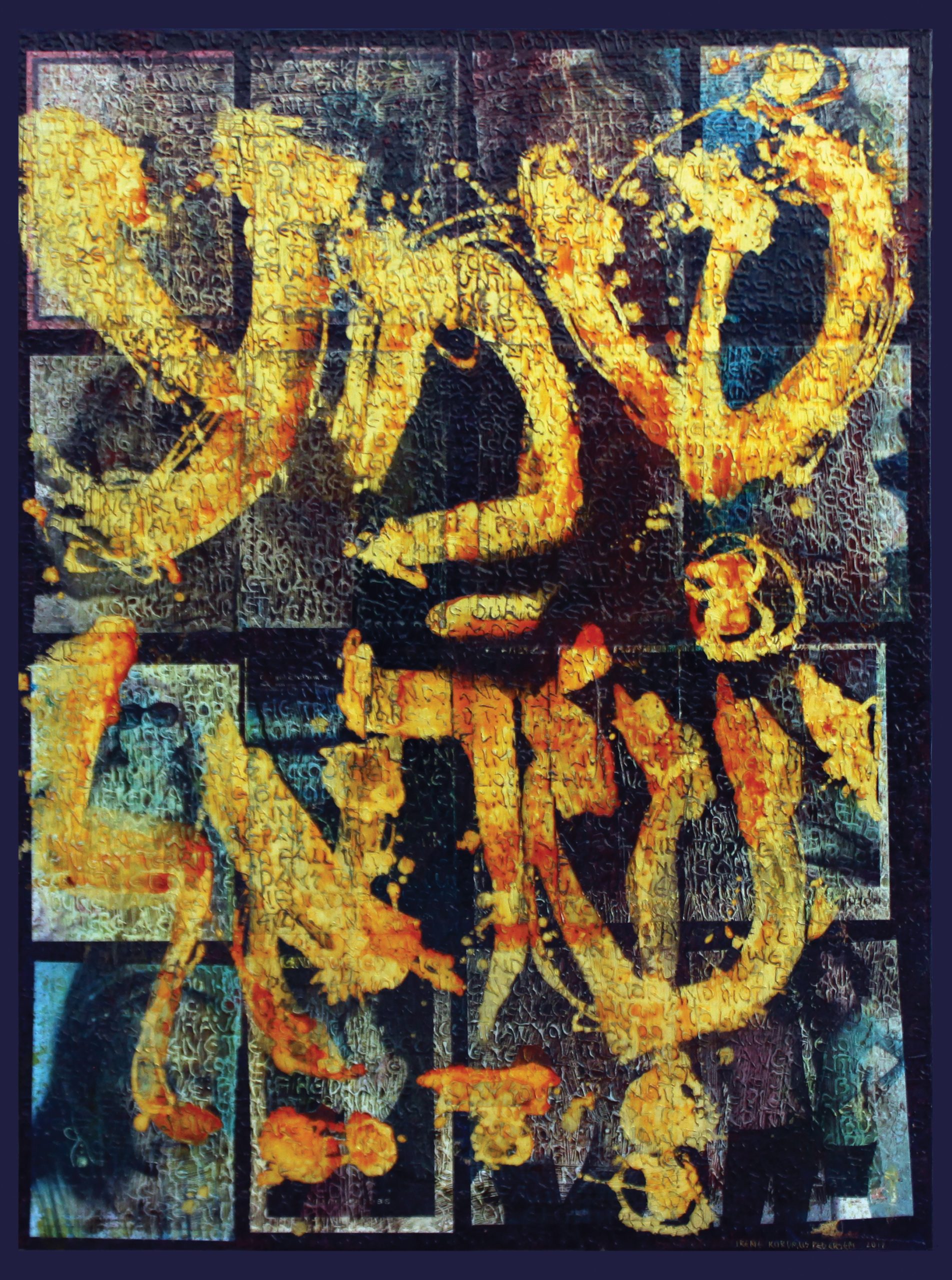Cloud of Witnesses
Lesson Two

In Community with the Living God
Scripture: Hebrews 1:1–4; Exodus 3:1–7; Exodus 19:16–25; Hebrews 8:10; Jeremiah 31:31–34; Hebrews 12:18–24, 27–29
Heart

As a deer longs for flowing streams, so my soul longs for you, O God.
My soul thirsts for God, for the living God.
When shall I come and behold the face of God?
My tears have been my food day and night,
while people say to me continually, “Where is your God?”These things I remember, as I pour out my heart:
how I went with the throng, and led them in procession to the house of God,
with glad shouts and songs of thanksgiving, a multitude keeping festival.
Why are you cast down, O my soul, and why are you disquieted within me?
Hope in God; for I shall again praise the Lord, my help and my God. [from Psalm 42]
Our spiritual lives are deeply affected by so many things: circumstances which are difficult, or joyful, or anywhere in between; our own dispositions; even the nature of the groups and communities we inhabit. It’s wise to pay attention to the changes in our hearts and in our spiritual expression, and to realize that those changes and sensibilities affect how we experience God. The writer of Hebrews was clear that certain images speak to different communities at different times and places, depending on their shared experience. In the case of the community to which he was writing, he encouraged them to focus on images of God as a place of rest and celebration, rather than on the more frightening images of God found in Exodus. He hoped these images of safety would resonate with a community under duress from the outside.
As individuals, we look to our hearts, whether in times of stress and anxiety or in times of happiness and ease. We ignore those heart impulses at our spiritual peril, because they are a window into who we are and how we relate to God, to each other, to our own souls. The Psalmist is recording the spiritual state of a parched soul and a downcast heart, even while hoping that someday God may again feel close enough for the Psalmist to recover images of closeness.
In the psychologist Carl Jung’s autobiography, he tells of an encounter at Taos, Mexico, with a Native American named Antonio Mirabal. (Mirabal was a critic of many parts of white culture, and also a person who spoke truth to power in that same culture.) Though much of Jung’s writing about this 1925 meeting has been rightly critiqued as a person speaking from a sense of white superiority, he nevertheless found himself moved and challenged by the conversation, especially this part:
[Mirabal said,] “How cruel the whites are: their lips are thin, their noses sharp, their faces furrowed and distorted by holes. Their eyes have a staring expression. They are always seeking something. What are they seeking? The whites always want something, they are always uneasy and restless. We do not know what they want, we do not understand them, we think that they are mad.” I asked him why he thought the whites were all mad. “They say they think with their heads,” he replied.
“Why, of course. What do you think with?” I asked him in surprise.
“We think here,” he said, indicating his heart.[1]
Thinking with the heart is a spiritual discipline most of us would do well to practice often, with depth and deliberation. Both individuals and communities can learn to think with the heart. The more we examine our own hearts, the more we come close to the character and heart of God’s own self, as more images of the living God become a part of our spiritual repertoire.
Why is it important to change the language? Because the words we use affect how we see the people represented by those words.
Language is more than inactive, static words. Language is living, changing. Words make us feel good or terrible, they inspire or bore, and they also define. The language we use defines the people and things to which those words point.
“Addict” is quite different from “a person with an addiction.” The former (often unintentionally) creates a category of people who engage in bad behavior; the latter creates a category of people who have an illness. Not only do we see the person differently by using different words, the type of language our culture uses regarding addiction creates or corrects stereotypes, and it influences policy and even medical care.
Why talk about this in relation to Lesson Three of our Bible study: “In Community with the Living Word?” The writer of Hebrews states that “. . . the word of God is living and active.” Most people of faith would agree with that statement—that God’s word doesn’t just exist on the pages of scriptures. The word is alive when it means something, and when we act on it.
We can read, study, preach stories about the inclusive character of Jesus, but until our communities actually become inclusive, the word isn’t living and active.
We can read, study, preach texts about reconciliation and forgiveness, but until we forgive and reconcile, the word isn’t living and active.
We can read, study, preach about the person of faith’s relationship to possessions and money, but until we start to examine how we live in relation to those in deep need, the word isn’t living and active.
The place to start the process of living and acting on the word of God is to understand the deep importance and meaning of words—how they can change people, communities, and whole cultures.
May our communities all be places where we live and act on the words that have formed our faith.
Melissa Bane Sevier
[1] Jung, Carl Gustav, and Edward Hoffman. The wisdom of Carl Jung. New York: Citadel Press, 2003, p. 27.
Look for the Cloud of Witnesses blogs by the first of the months of October (lesson three), November (lesson four), December (lesson five), January (lesson six), February (lesson seven), March (lesson eight), and April (lesson nine).
Purchase a Cloud of Witnesses study book and study along with us.
Call Presbyterian Distribution Service at 800/533-4371 or order online —item # HZN17100, $10.00.
